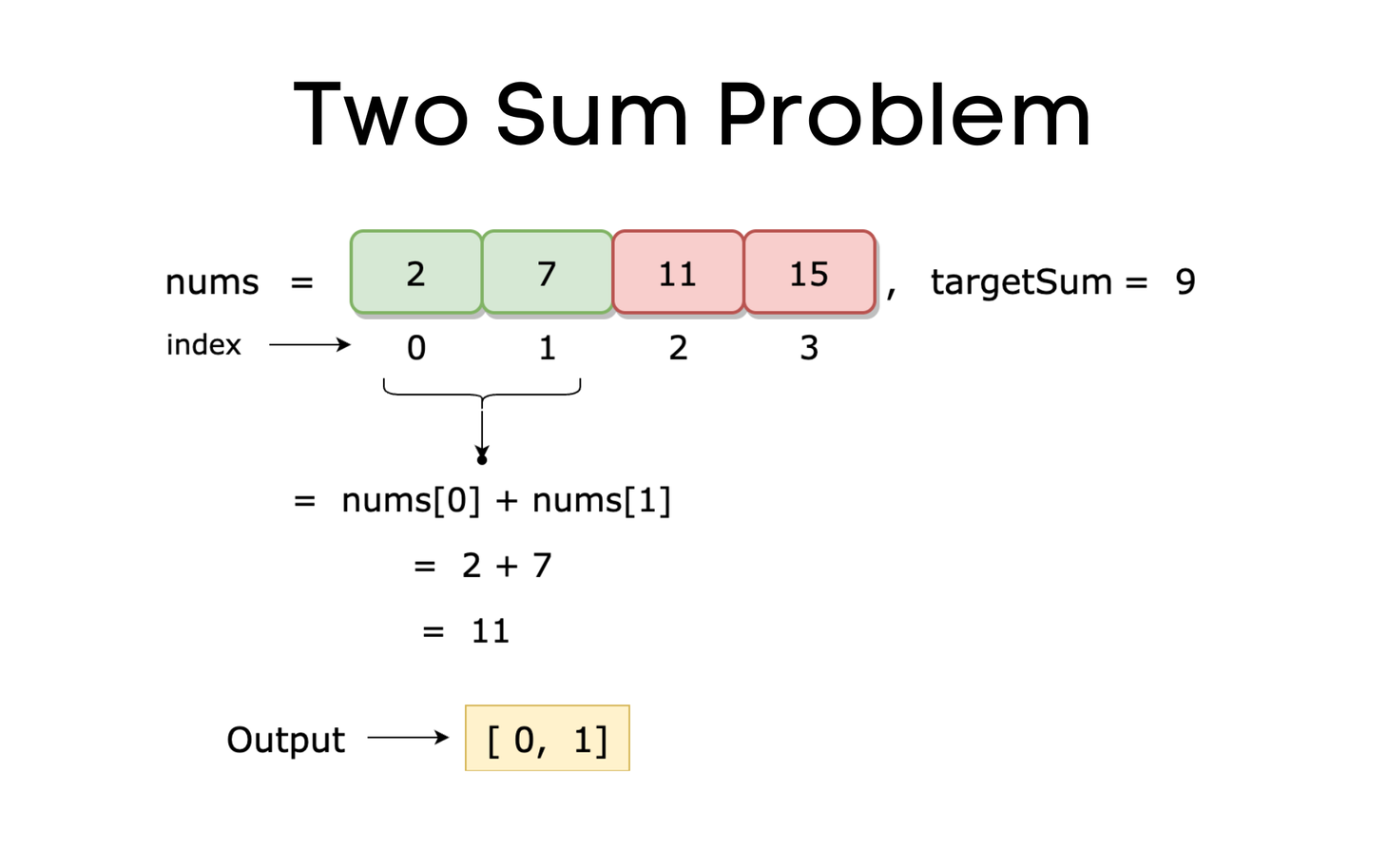Leetcode 1: Two Sum Problem
This lesson on "Two Sum" coding problem is discussed thoroughly with illustrations and various approaches with running time complexities.

This lesson will teach you how to find the duplicate element using a hashing algorithm.